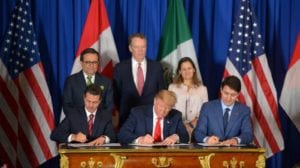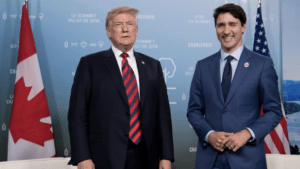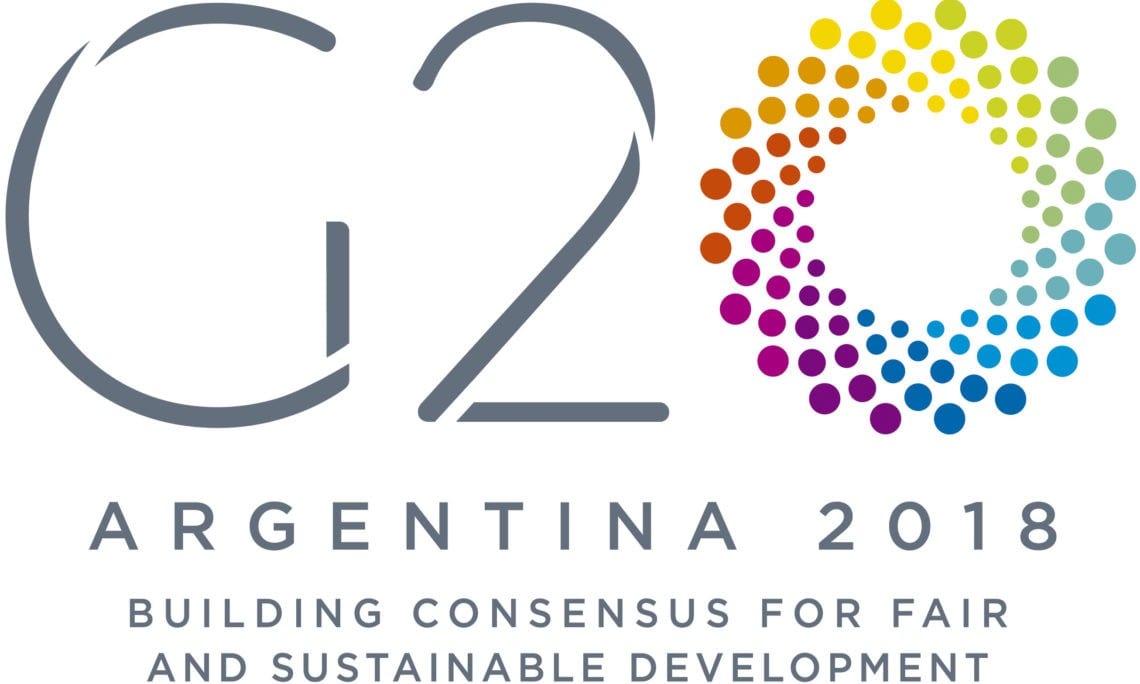
As a number of reputable international media emphasizes, the overall impression after the recently concluded G-20 Summit in Argentina is quite twofold. The main item on its agenda – the fight against threats of economic crises – on the one hand, was resolved and agreed, and on the other, as if it had faded into the background. According to many political analysts, this time the summit’s final declaration has become a very unbalanced document. The usual first item of the final declaration, which touches upon the main agenda of the summit, for which the forum was created in 2008, is only the 23rd in order. It is worth noting that the key issues of the G-20 were reflected only in 8 points: from the 23rd to the 30th. These provisions deal with the preservation of the stability of international finance, the rejection of competitive currency devaluations and the use of tax havens, as well as taxation of capital movements (Tobin tax) and others.

Over the past three years, a general tendency for world politics and economics has become a state of uncertainty. Many political consultants associate these sentiments with the arrival of the Donald Trump Administration in the White House and with such consequences from the new government of Washington as the threat of protectionism, the widespread use of economic sanctions, the increasing volatility of the global financial system and commodity markets. In this regard, the holistic and real content of the final G-20 declarations in these last three years remains quite abstract, as the leaders of the leading powers are returning to discuss a number of issues, as it seemed earlier, successfully resolved in 2008-2010. However, as a number of well-known economists point out, the level of transparency and sustainability of the global financial system is now higher than ever before after the 2008 international financial crisis. Thus, the last three G-20 summits were rather a repetition of the lessons that were passed, but still poorly learned.
This year, for the first time, the long-awaited summit of the three countries – Russia, India and China (RIC) – was held in the Argentine capital for the first time, which was one of the most significant events of the forum. The new tripartite format laid the foundations for the new bipolar system of the world economy: the first block consists of the United States and its numerous satellite partners, on the other hand – the RIC together with its partners in the BRICS and the SCO.



This time, within the framework of the G-20 summit, various global themes of the world political and economic system were discussed. However, as a result, they all seemed to go back to the micro level. Thus, today there is no more rhetoric about integration, but there is a series of bilateral or trilateral negotiations and agreements, according to which tariffs and quantitative restrictions on trade are not completely eliminated, but become more attractive for large business of a single country.
Despite such a low level of effectiveness of the summit, this meeting again became a platform for many bilateral agreements (for example, Russia concluded a trade agreement with Argentina, and Vladimir Putin reached an important agreement with Recep Tayyip Erdoğan on Idlib). Despite a lot of skepticism regarding the future of the G-20, it is very doubtful that in the near future someone will want to abandon the use of the site, convenient for everyone. Even for Donald Trump, whose ideology seems to be completely at odds with the original purpose of this association.



